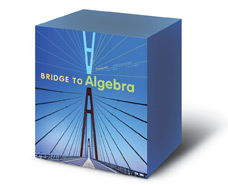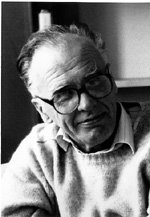
'Carnegie Learning' is a leading provider of core, full-year mathematics programs as well as supplemental intervention applications for middle school and high school students. Today Carnegie Learning, Inc. announced
the Carnegie Learning Bridge to Algebra Challenge, a 5-week evaluation of the company's Cognitive Tutor(R) algebra readiness curriculum for middle school and high school students preparing for Algebra I. The
Bridge to Algebra is designed specifically for students whose past math performance indicates little chance of success in Algebra I.
The Bridge to Algebra Challenge is limited to the first 500 registrant schools and requires a simple online registration at
www.carnegielearning.com/challenge. Each trial allows up to 30 students access to Carnegie Learning's Bridge to Algebra software at no cost. Schools will receive customer support and access to Carnegie Learning technical support staff throughout the evaluation period.
The Bridge to Algebra Challenge begins on April 24, 2006 and extends through the end of May. Participants may elect to have the software and implementation materials shipped to them in mid-April or they may begin their trial two weeks early if they pre-register to download the Bridge to Algebra software on April 10. The Bridge to Algebra software is simple to install and runs on both Windows (98, ME, 2000, XP, or NT 4.0) and Mac (OSX 10.3 or higher) operating systems.





